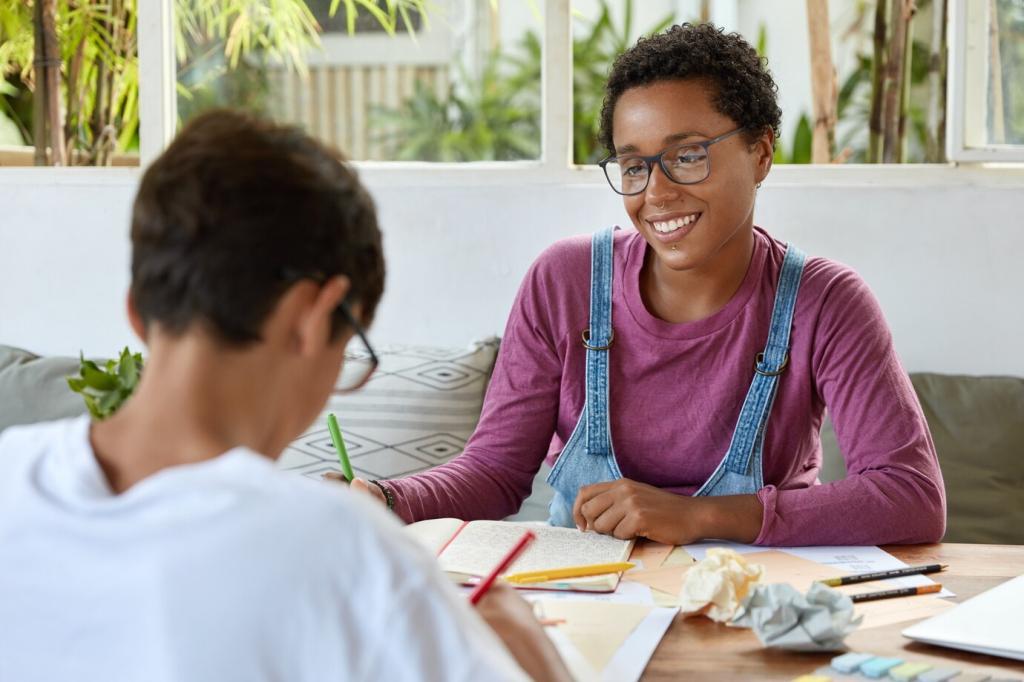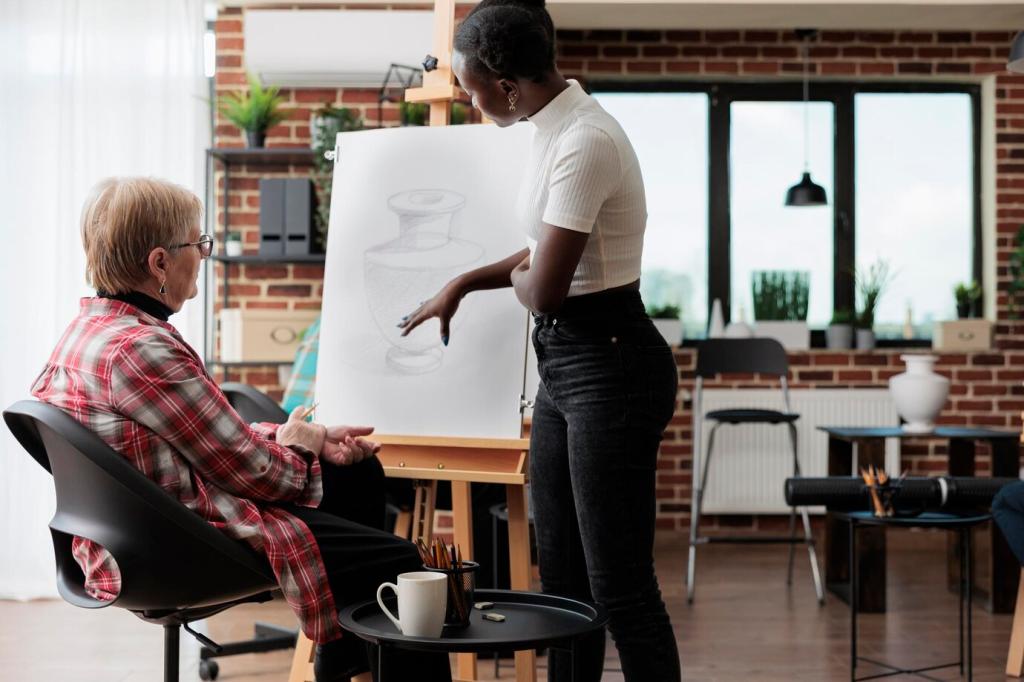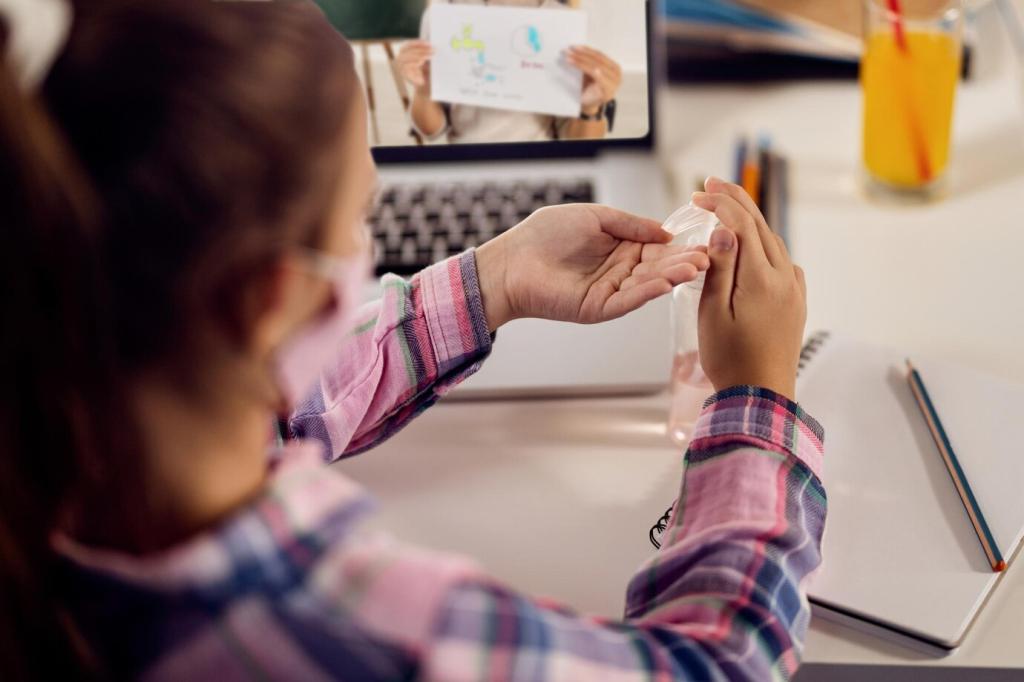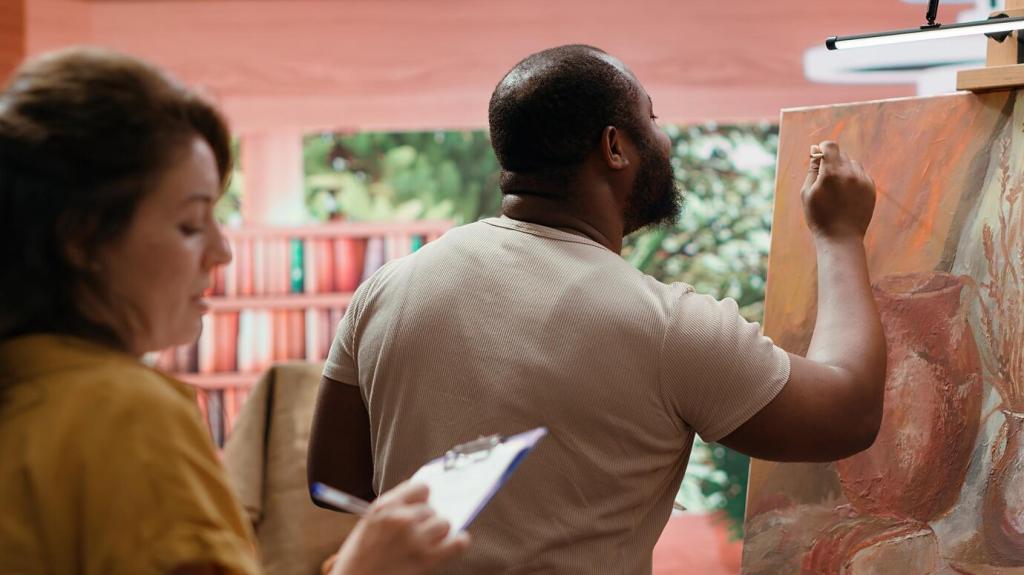
Understanding Watercolor Supplies for Beginners
Today’s chosen theme: Understanding Watercolor Supplies for Beginners. We’ll demystify paints, paper, brushes, and clever accessories so your first washes glow with confidence. Say hello in the comments, ask questions, and subscribe for friendly updates and printable swatch guides.
Meet Your Paints: From Pans to Tubes
Student grade paints often include more fillers and multi-pigment mixes, making colors cheaper but sometimes chalky and harder to mix cleanly. Artist grade focuses on pure pigments, stronger tinting strength, better lightfastness, and more predictable results—especially important for beginners learning color behavior.


Meet Your Paints: From Pans to Tubes
Pans are tidy, portable, and perfect for quick sketches or limited spaces; just activate with a few drops of water. Tubes offer juicy, readily mixable pigment ideal for larger washes. I began with a six-color pan set in cafés; convenience helped me paint daily.






Palettes, Water, and Mixing Confidence
Ceramic palettes resist beading and clean easily, making them great for studio mixing. Plastic is lightweight and portable, while metal folding palettes travel beautifully. Prioritize large mixing wells and a logical color layout so you can mix instinctively without searching mid-wash.
Palettes, Water, and Mixing Confidence
Keep one jar for rinsing and one for clean water. This simple habit reduces muddy mixes and keeps washes luminous. I noticed my skies brightened the day I tried it. Label jars if you’re forgetful, and swap water as soon as it darkens.




Helpful Extras: Tape, Masking Fluid, and Boards
Masking fluid preserves bright highlights for sparkling water or tree glints. Use an old brush or silicone tool, apply thinly, and remove gently once dry washes are complete. Ventilate, test on scrap paper, and practice restraint so saved whites feel intentional, not patchy.
Helpful Extras: Tape, Masking Fluid, and Boards
Painter’s tape creates clean borders and reduces buckling. For intense wet-in-wet work, lightly stretch paper or use a block. A sturdy board and clips help outdoors. Share your taping strategy—washi edges, wide borders, or minimal tape—for the crispest results without tearing fibers.
Begin with six to eight colors, a size 8 round brush, a synthetic flat, 140 lb cotton paper block, ceramic or plastic palette, and two water jars. Add a pencil, kneaded eraser, and tape. Share your first-kit checklist to help newcomers feel ready.

